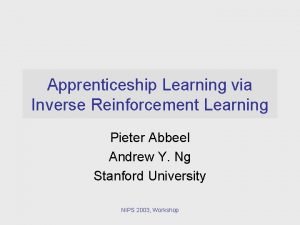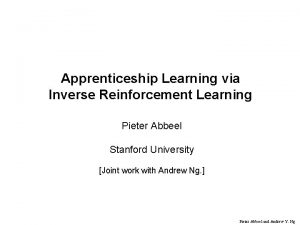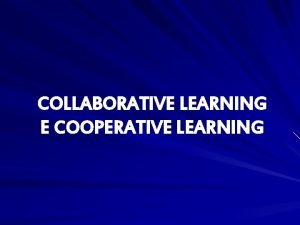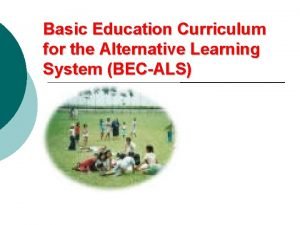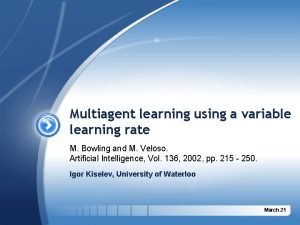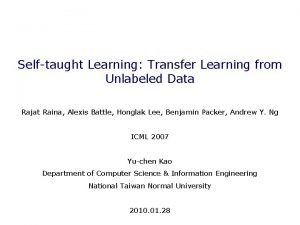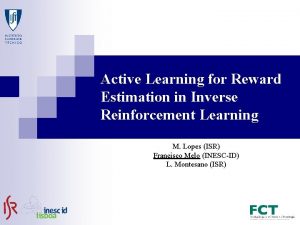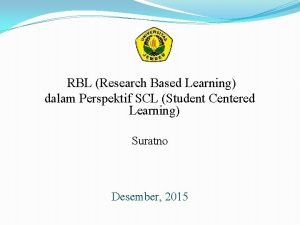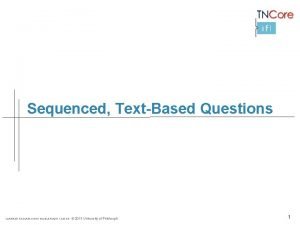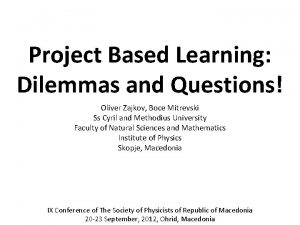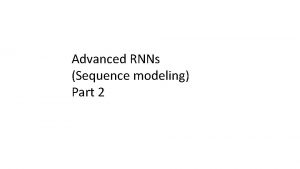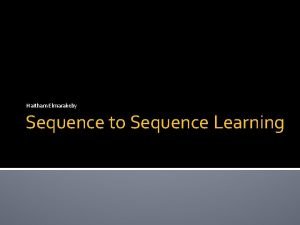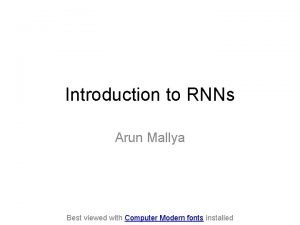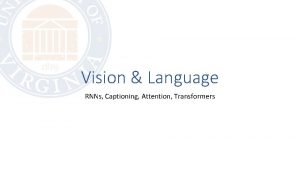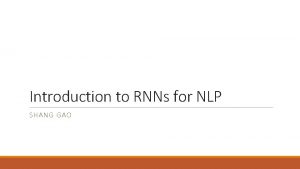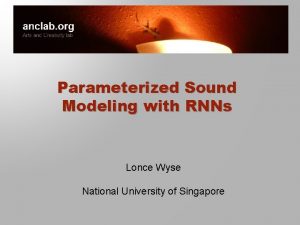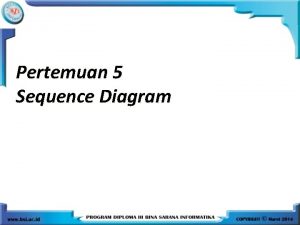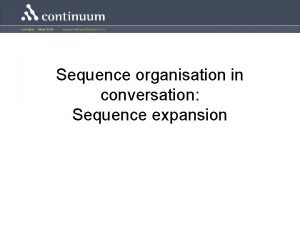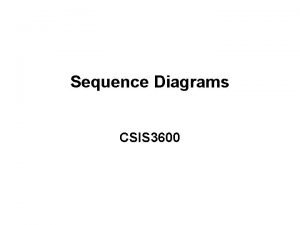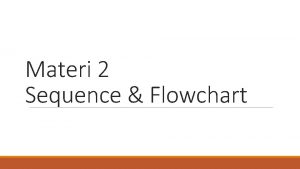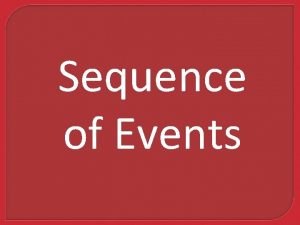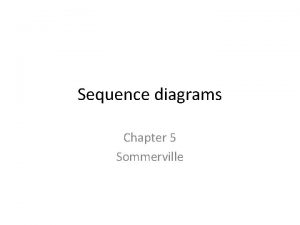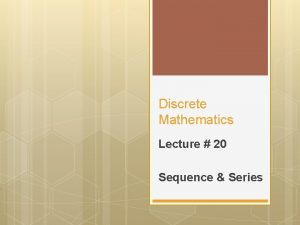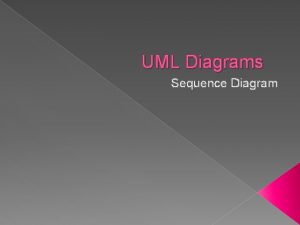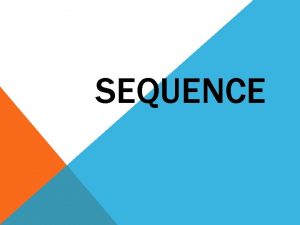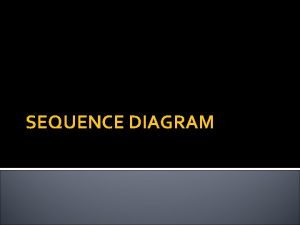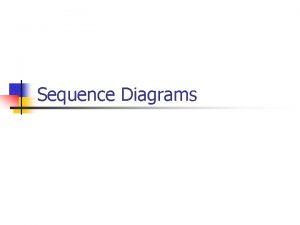Research Trends of RNNs Sequence to Sequence Learning


































- Slides: 34

Research Trends of RNNs: Sequence to Sequence Learning Problem Group Study on Recurrent Neural Networks Jiani Zhang 17 October 2021 Research Trends of RNNs 1

Sequence to Sequence Learning Problem Spatiotemporal Seq 2 seq Learning Problem Irregular-grid Spatiotemporal Seq 2 Seq Learning Problem 17 October 2021 Research Trends of RNNs 2

Sequence to Sequence Learning Problem FC-GRU +Attention Conv. GRU (Shi et. al. NIPS 2015) Traj. GRU (Shi et. al. NIPS 2017) Spatiotemporal Seq 2 seq Learning Problem Irregular-grid Spatiotemporal Seq 2 Seq Learning Problem 17 October 2021 Graph Convolutional GRU (Li et. al. Arxiv 2017) Research Trends of RNNs 3

Thanks! 17 October 2021 Research Trends of RNNs 4

Sequence Learning Problem 17 October 2021 Research Trends of RNNs 5

Attention-related Papers in NIPS 2017 • NLP • • • Attention is All you Need Ashish Vaswani (Google Brain) · Noam Shazeer (Google) · Niki Parmar (Google) · Llion Jones (Google) · Jakob Uszkoreit (Google, Inc. ) · Aidan N Gomez (University of Toronto) · Łukasz Kaiser (Google Brain) Plan, Attend, Generate: Planning for Sequence-to-Sequence Models Caglar Gulcehre (Deepmind) · Francis Dutil (MILA) · Adam Trischler (Microsoft) · Yoshua Bengio (U. Montreal) Multi-agent Predictive Modeling with Attentional Comm. Nets Yedid Hoshen (Facebook AI Research) • Spatiotemporal • Attentional Pooling for Action Recognition Rohit Girdhar (Carnegie Mellon University) · Deva Ramanan (Carnegie Mellon University) • Hierarchical Attentive Recurrent Tracking Adam Kosiorek (University of Oxford) · Alex Bewley (University of Oxford) · Ingmar Posner (Oxford University) • Variational Laws of Visual Attention for Dynamic Scenes Dario Zanca (University of Florence, University of Siena) · Marco Gori (University of Siena) • Saliency-based Sequential Image Attention with Multiset Prediction Sean Welleck (NYU) · Kyunghyun Cho (NYU) · Zheng Zhang (Shanghai New York Univeristy) • Dialog • Visual Reference Resolution using Attention Memory for Visual Dialog Paul Hongsuck Seo (POSTECH) · Andreas Lehrmann (Disney Research) · Bohyung Han (POSTECH) · Leonid Sigal (Disney Research) • Image • • High-Order Attention Models for Visual Question Answering Idan Schwartz (Technion) · Alexander Schwing (University of Illinois at Urbana -Champaign) · Tamir Hazan (Technion) Learning Deep Structured Multi-Scale Features using Attention-Gated CRFs for Contour Prediction Dan Xu (University of Trento) · Wanli Ouyang (The Chinese University of Hong Kong) · Xavier Alameda-Pineda (INRIA) · Elisa Ricci () · Xiaogang Wang (The Chinese University of Hong Kong) · Nicu Sebe (University of Trento) 17 October 2021 • Bioinformatics • Attend and Predict: Understanding Gene Regulation by Selective Attention on Chromatin Ritambhara Singh (University of Virginia) · Jack Lanchantin (University of Virginia) · Yanjun Qi (University of Virginia) • Sparsity Research Trends of RNNs • A Regularized Framework for Sparse and Structured Neural Attention Vlad Niculae (Cornell University) · Mathieu Blondel (NTT) 6

Attention Trends • Attention Mechanism • Additive attention? • Dot-product attention? • Encoding and Decoding Framework • RNN? • CNN? • Attention is all you need? • Read and Write Mechanism • Weighted sum? • Neural Networks? 17 October 2021 Research Trends of RNNs 7

Spatiotemporal Seq 2 seq Learning Problem 17 October 2021 Research Trends of RNNs 8

Spatiotemporal Sequence Learning Problem • Xingjian Shi, Zhihan Gao, Leonard Lausen, Hao Wang, Dit-Yan Yeung. Deep Learning for Precipitation Nowcasting: A Benchmark and A New Model. NIPS. 2017. • Jianmin Wang · Mingsheng Long · Philip S Yu · Yunbo Wang. Pred. RNN: Recurrent Neural Networks for Video Prediction using Spatiotemporal LSTMs. NIPS. 2017. • Dario Zanca, Marco Gori. Variational Laws of Visual Attention for Dynamic Scenes. NIPS 2017 • Adam Kosiorek, Alex Bewley, Ingmar Posner. Hierarchical Attentive Recurrent Tracking. NIPS 2017 • Rohit Girdhar , Deva Ramanan. Attentional Pooling for Action Recognition. NIPS 2017 • Yang, Yinchong, Denis Krompass, and Volker Tresp. Tensor-Train Recurrent Neural Networks for Video Classification. ICML. 2017. 17 October 2021 Research Trends of RNNs 9

Deep Learning Approach – Formulation • Periodic observations taken from a dynamic system over a spatial Mx. N grid sequence of tensors • Predict the most likely length-K sequence in the future given the previous J observations 17 October 2021 Research Trends of RNNs 10

Introduction – Two Major Challenges 1. How to learn a model for multi-step forecasting? • One-step ahead Multi-step ahead, More difficult 2. How to effectively model the spatial and temporal structures within the data? • High dimensionality: What, Where and When 17 October 2021 Research Trends of RNNs 11 of 56

Model – Conv. GRU (NIPS 2015) • Convolutional GRU (Similar to Conv. LSTM) Update Gate Reset Gate • Convolution applies a location-invariant filter The neighborhood set is fixed for all the locations 17 October 2021 Research Trends of RNNs 12

Motivation – Deficiencies of the previous model • Conv. GRU is not optimal • Convolution applies a location-invariant filter. Convolutional recurrence lacks the ability to model location-variant spatiotemporal correlation patterns, e. g. , rotation. • New RNN structure that can have location-variant state-state connection • Trajectory Gated Recurrent Unit (Traj. GRU) 17 October 2021 Research Trends of RNNs 13

Model – From Conv. GRU to Traj. GRU • Size of the neighborhood set 17 October 2021 Research Trends of RNNs 14

Model – Traj. GRU (NIPS 2017) 17 October 2021 Research Trends of RNNs 15

HKO-7 Benchmark – Evaluation Result • All deep models outperform optical-flow based models when trained with B-MSE + B-MAE • Traj. GRU performs the best • Online fine-tuning helps 17 October 2021 Research Trends of RNNs 16

Irregular-grid Spatiotemporal Seq 2 Seq Learning Problem 17 October 2021 Research Trends of RNNs 17

Irregular-grid Spatiotemporal Sequence Learning Problem • Li, Yaguang, Rose Yu, Cyrus Shahabi, and Yan Liu. "Graph Convolutional Recurrent Neural Network: Data-Driven Traffic Forecasting. " ar. Xiv preprint ar. Xiv: 1707. 01926 (2017). • Yu, Bing, Haoteng Yin, and Zhanxing Zhu. "Spatio-temporal Graph Convolutional Neural Network: A Deep Learning Framework for Traffic Forecasting. " ar. Xiv preprint ar. Xiv: 1709. 04875 (2017). • Li, Yaguang, et al. "Graph Convolutional Recurrent Neural Network: Data-Driven Traffic Forecasting. " ar. Xiv preprint ar. Xiv: 1707. 01926 (2017). 17 October 2021 Research Trends of RNNs 18

The Traffic Forecasting Problem • 17 October 2021 Research Trends of RNNs 19

Motivation • Standard CNNs are restricted to processing the regular grid structure (e. g. images, videos, and speech) other than general domains. • Recent advances in the irregular or non-Euclidean domains modeling provide some useful insights on how to further study the structured data problem. • Integrate graph convolution models 17 October 2021 Research Trends of RNNs 20

Model Intuition – Graph Convolution GRU • This is done through transformation of input sequence through a graph convolutional kernel. • Kernel : Graph Laplacian Transformation 17 October 2021 Research Trends of RNNs 21

Experiment Results 17 October 2021 Research Trends of RNNs 22

17 October 2021 Research Trends of RNNs 23

17 October 2021 Research Trends of RNNs 24

Goal of Precipitation Nowcasting • Give precise and timely prediction of rainfall intensity in a local region over a relatively short period of time (e. g. , 0 -6 hours) • High resolution & High Frequency • High dimensional spatiotemporal data 17 October 2021 Research Trends of RNNs 25

Experiment on Moving. MNIST++ • Moving. MNIST: 2 moving digits + move in constant speed • Moving. MNIST++: 3 moving digits + rotation/scaling + illumination change #Param Test MSE • Three RNN-layers for the encoder/forecaster • Traj. GRU-L 13 outperforms Conv. GRU-5 x 5 while having fewer parameters. 17 October 2021 Research Trends of RNNs 26

Moving. MNIST++ – Visualization • We choose to visualize the prediction result and learned links of the Traj. GRU -L 13 model Input Ground Truth Prediction • Next we will visualize the learned flow maps of different layers in the encoder and forecaster. (See the slides next) • For the encoder, the lower-layers tend to capture the local-correlation structure while the higher-layers are capturing the global correlation structure • For the forecaster, the higher-layers generate the global motion structure while the lower-layers generate the more motion structure with finer detail. 17 October 2021 Research Trends of RNNs 27

Moving. MNIST++ – Visualization Encoder Layer=1, Link ID=5 17 October 2021 Research Trends of RNNs 28

Moving. MNIST++ – Visualization Encoder Layer=2, Link ID=5 17 October 2021 Research Trends of RNNs 29

Moving. MNIST++ – Visualization Encoder Layer=3, Link ID=5 17 October 2021 Research Trends of RNNs 30

Moving. MNIST++ – Visualization Forecaster Layer=3, Link ID=9 17 October 2021 Research Trends of RNNs 31

Moving. MNIST++ – Visualization Forecaster Layer=2, Link ID=9 17 October 2021 Research Trends of RNNs 32

Moving. MNIST++ – Visualization Forecaster Layer=1, Link ID=9 17 October 2021 Research Trends of RNNs 33

HKO-7 Benchmark – Evaluation Result • All deep models outperform optical-flow based models when trained with B-MSE + B-MAE • Traj. GRU performs the best 2021 fine-tuning helps Research Trends of RNNs 34 • 17 October Online
 Convolutional sequence to sequence learning
Convolutional sequence to sequence learning Cuadro comparativo entre e-learning b-learning y m-learning
Cuadro comparativo entre e-learning b-learning y m-learning Nucleotides of rna
Nucleotides of rna Selection pseudocode
Selection pseudocode Difference between finite and infinite sequence
Difference between finite and infinite sequence Supervised learning dan unsupervised learning
Supervised learning dan unsupervised learning Concept learning task in machine learning
Concept learning task in machine learning Analytical learning in machine learning
Analytical learning in machine learning Nonassociative learning definition
Nonassociative learning definition Eager learner and lazy learner
Eager learner and lazy learner Define conceptual learning
Define conceptual learning Inductive and analytical learning
Inductive and analytical learning Apprenticeship learning via inverse reinforcement learning
Apprenticeship learning via inverse reinforcement learning Apprenticeship learning via inverse reinforcement learning
Apprenticeship learning via inverse reinforcement learning No mayten tree is deciduous
No mayten tree is deciduous Pac learning model in machine learning
Pac learning model in machine learning Supervised learning dan unsupervised learning
Supervised learning dan unsupervised learning Machine learning t mitchell
Machine learning t mitchell Inductive and analytical learning
Inductive and analytical learning Instance based learning in machine learning
Instance based learning in machine learning Inductive learning machine learning
Inductive learning machine learning First order rule learning in machine learning
First order rule learning in machine learning Collaborative learning vs cooperative learning
Collaborative learning vs cooperative learning Alternative learning system learning strands
Alternative learning system learning strands Active and passive learners
Active and passive learners Multiagent learning using a variable learning rate
Multiagent learning using a variable learning rate Deep learning vs machine learning
Deep learning vs machine learning Tony wagner's seven survival skills
Tony wagner's seven survival skills Self-taught learning: transfer learning from unlabeled data
Self-taught learning: transfer learning from unlabeled data Active learning reinforcement learning
Active learning reinforcement learning Research based learning adalah
Research based learning adalah The sample learning areas that can be used in research
The sample learning areas that can be used in research Learning research and development center
Learning research and development center Centre for learning enhancement and research
Centre for learning enhancement and research Example of project
Example of project












